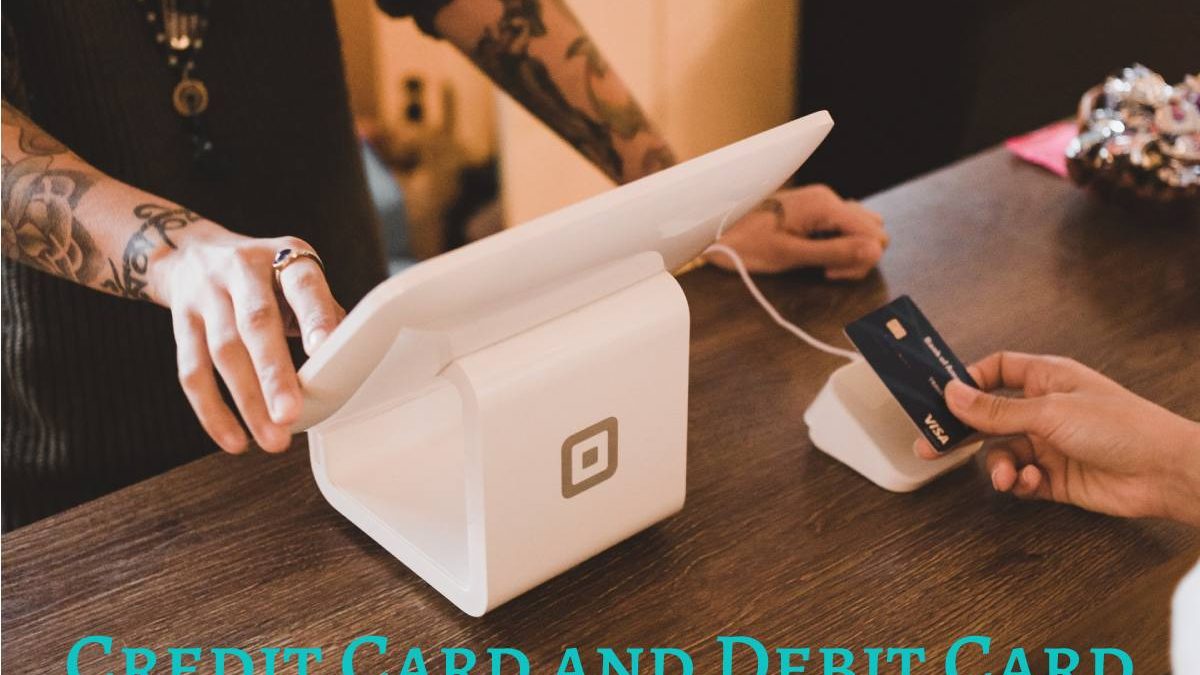Credit Card and Debit Card – To pay for the week’s groceries in a supermarket, buy some plane tickets for the next vacation. Credit and debit cards are often the favourite payment method for many consumers. However, we must know their differences to discover which best suits our needs.
Credit and debit cards are payment instruments usually linked to checking accounts. The term “credit card” is popularly used to refer to both cases indistinctly, but the characteristics of each of them are different. Next, we review the particularities of the credit card versus the debit card.
Table of Contents
How Does Pay with a Credit Card Work?
The most important difference when we talk about credit cards versus debit cards is that, in the first case, the bank makes a series of funds available to the client -with an agreed limit- so that they can use them.
It is known as “open credit”, a form of money loan by the bank in which the user has a maximum amount that they are not obliged to use in its entirety and must only return the proportional part that they have used. Along with some interest, if applicable. Every time you want to use this option, you do not need to sign a new agreement.
In contrast, available credit close credit. Still, this typology does not correspond to credit cards but rather is present like those loans in which the entity pays the entire amount of money in one go –as occurs with credit cards—mortgages or personal loans, which must repaid agree period together with interest. Once you have the money borrowed, you must make a new contract to get more.
The situation Whether We Have an Open or Closed Credit
This situation -whether we have an open or closed credit- does not happen if we have a debit card since, in them, we can only use the money that we have previously entered. Once the funds run out, the card cannot use as a means of payment.
In addition, it has payment options different from those of a debit card. The money automatically deducts from the current account when paying the product and service price. With credit, the consumer can flexibly choose the form of payment. You can choose, for example, to defer it to the end of the month or, on the contrary, divide it into instalments – a method known as “revolving”.
However, if we talk about how these can present, they are the same in both cases: today, with credit and debit cards, we have a standard physical version and a virtual one, which we can configure on our devices. Smartphones such as phones or watches pay with them, as long as NFC technology enables this operation, among others.
Associated Charges: When You Pay with a Credit Card, Do they Charge You a Commission?

In countries like Spain, it is not legal for a company to charge a commission for paying by card, whether credit or debit. However, other commissions such as issuance and maintenance can exist in both cases; Above all, it is more frequent when we talk about credit.
There may also be charges when we withdraw money at an ATM. Frequently, and if it is the bank of which we are clients, with debit cards, we can carry out the operation without commissions. While the credit ones can bear interest on the money that the entity grants. If, on the other hand, we want to withdraw it from ATMs that are not from our bank, the use of both types of cards usually entails a debit.
In addition, credit cards may associate with other types of charges generated by the interest for deferred payment, that is, by postponing it to the end of the month or in instalments, as we mentioned earlier. The delay in payment also contemplate in these cases.
Appearing in the card contract from which day of non-payment interest begins to charge – this varies depending on the entity. Still, many of them give a certain margin so that the user can pay the debt without penalty.
Lastly, the interest for excess credit occurs when the client exceeds the total amount of money lent by the bank. Or, in other words, the credit line limit.
Insurance: what to do in Case of Credit Card Fraud?
To know the insurance associated with our credit or debit card. We must go to the contract we have with the bank, where these conditions collect. In many cases, debit cards usually have protection against theft, etc. Compare to credit, where these insurances extend, covering other assumptions such as accidents, trips, fraud, etc.
In any case, if we observe suspicious behaviour in our current accounts and payments that we have not made. We must quickly notify our bank through the different customer service channels available.
However, to prevent possible fraudulent activities, it highly recommend to use only these two instruments in secure e-commerce environments. In addition, if we have the digital banking application, in many entities. We will be able to have the functionality, with a single click, of turning the cards on and off. Which means activating and deactivating them so that they can use or not.
Also Read: Elon Musk Releases a Premium Version of Starlink. How Does it Work?

